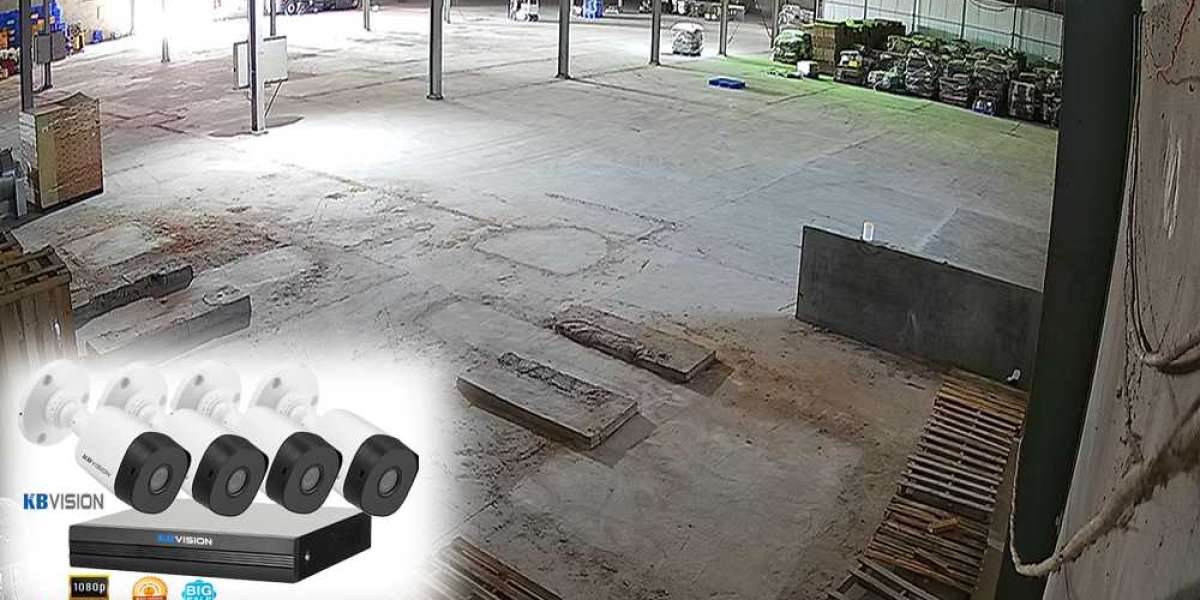Introduction
Lung health is crucial for overall well-being, as the lungs play a vital role in oxygenating the blood and expelling carbon dioxide. However, various environmental factors can negatively impact lung health, leading to respiratory issues such as asthma, chronic obstructive pulmonary disease (COPD), and lung infections. Understanding these factors and taking proactive steps to create a cleaner air space can significantly enhance lung health. This article explores the environmental factors affecting lung health and provides practical tips for improving indoor air quality.
Understanding Indoor Air Pollution
Indoor air pollution is a significant concern, as people spend a considerable amount of time indoors—often in environments with higher pollutant levels than outside【1】【2】. Common sources of indoor air pollution include:
Household Cleaning Products
Many conventional cleaning products contain volatile organic compounds (VOCs) that can irritate the respiratory system【3】【4】.
Cooking Fumes
Cooking, especially frying or grilling, releases smoke and grease into the air, contributing to indoor pollution【5】.
Tobacco Smoke
Smoking indoors not only affects the smoker but also exposes others to secondhand smoke, which is harmful to lung health【1】【2】.
Mold and Mildew
Damp areas in homes can lead to mold growth, releasing spores that can trigger allergies and respiratory issues【3】【4】.
The Impact of Poor Air Quality on Lung Health
Poor air quality can lead to a range of health issues:
Respiratory Problems
Exposure to indoor pollutants can exacerbate asthma symptoms, cause chronic coughs, and lead to other respiratory diseases【5】【6】.
Allergies
Allergens such as dust mites, pet dander, and mold can trigger allergic reactions and worsen lung conditions【1】【2】.
Long-Term Health Risks
Prolonged exposure to poor indoor air quality has been linked to serious health conditions, including lung cancer and cardiovascular disease【3】【4】.
Strategies for Creating a Cleaner Air Space
Improving indoor air quality is essential for supporting lung health. Here are several strategies tocreate a cleaner air space:
A. Improve Ventilation
Proper ventilation is one of the most effective ways to reduce indoor air pollution:
Open Windows
Regularly open windows to allow fresh air to circulate and remove stale air. However, be strategic about when you do this—avoid peak traffic times if you live near busy roads【5】【6】].
Use Exhaust Fans
Turn on kitchen and bathroom exhaust fans while cooking or showering to help remove moisture and pollutants from the air【1】【2】.
Consider Mechanical Ventilation
If possible, invest in a mechanical ventilation system that brings fresh outdoor air into your home while filtering out pollutants【3】【4】.
B. Use Air Purifiers
Air purifiers equipped with HEPA filters can effectively remove airborne particles such as dust, pollen, mold spores, and pet dander:
Choosing the Right Purifie
Select an air purifier that is appropriately sized for your space and has a high Clean Air Delivery Rate (CADR) rating【1】【2】.
Regular Maintenance
Change filters as recommended by the manufacturer to ensure optimal performance.
Choose Low-Emitting Products
When selecting household products, opt for low-emitting or natural alternatives:
Cleaning Product
Use green cleaning products made from natural ingredients like vinegar, baking soda, or essential oils instead of conventional cleaners that contain harmful chemicals【3】【4】.
Building Materials:
When renovating or decorating your home, choose low-VOC paints, finishes, and furnishings to minimize indoor air pollution【1】【2】.
D. Control Humidity Levels
Maintaining appropriate humidity levels in your home is essential for preventing mold growth and dust mites:
Use Dehumidifiers
In areas prone to dampness (like basements), consider using dehumidifiers to keep humidity levels between 30% and 50%【5】【6】.
Fix Leaks Promptly
Repair any leaks in plumbing or roofing immediately to prevent water damage and mold growth【1】【2】.
E. Incorporate Indoor Plants
Certain indoor plants can help purify the air by absorbing toxins and releasing oxygen:
Effective Plants
Some plants known for their air-purifying properties include spider plants, peace lilies, snake plants, and bamboo palms【3】【4】]. These plants not only improve air quality but also add aesthetic value to your living space.
Lifestyle Changes for Better Lung Health
In addition to improving indoor air quality, adopting healthy lifestyle habits can further support lung health:
A. Avoid Smoking
If you smoke, seek help to quit smoking as it is one of the most significant contributors to poor lung health. Additionally, avoid exposure to secondhand smoke from others【1】【2】.
B. Stay Active
Engaging in regular physical activity helps strengthen respiratory muscles and improve lung capacity:
- Aim for at least 150 minutes of moderate-intensity aerobic activity each week【3】【4】]. Activities such as walking, swimming, or cycling can enhance overall lung function.
C. Practice Breathing Exercises
Incorporating breathing exercises into your routine can help improve lung function:
- Techniques such as diaphragmatic breathing and pursed-lip breathing can enhance oxygen intake and promote relaxation【1】【2】].
Conclusion
Environmental factors play a significant role in lung health; therefore, creating a cleaner air space is essential for preventing respiratory issues and promoting overall well-being. By improving ventilation, using air purifiers, choosing low-emitting products, controlling humidity levels, incorporating indoor plants, and adopting healthy lifestyle habits, individuals can significantly enhance their lung health.
Taking proactive steps toward improving indoor air quality not only benefits your lungs but also contributes positively to your overall quality of life. As awareness grows regarding the importance of clean air for respiratory health, implementing these strategies will empower individuals to take charge of their lung health effectively【1】【2】【3】【4】.
door-air-pollution/








